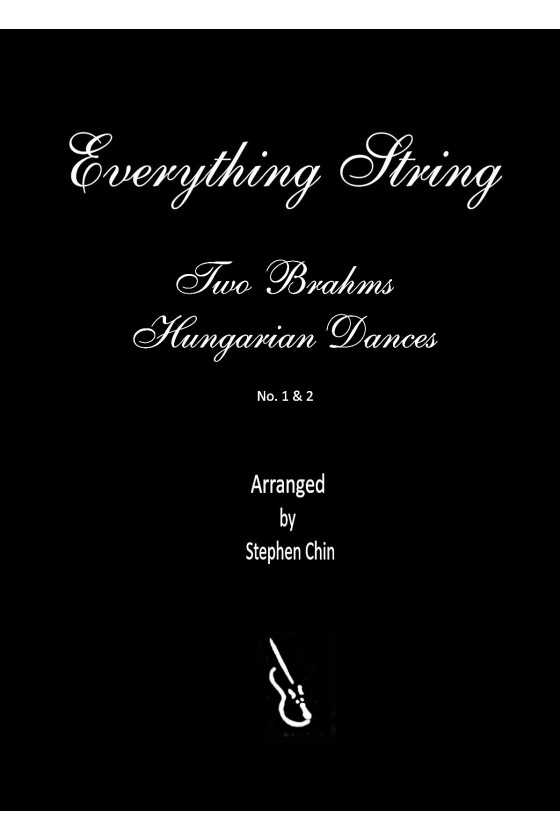
Ice Mountain By Stephen Chin
After the snowy start, climbers get to work. The fast melody depicts their chiselling on an icy rock face. A calm middle section shows the view from the top before the chiselling continues down. Younger players will love this energetic piece with catchy tunes and strong harmonies.
For String Orchestra Grade 1.5











